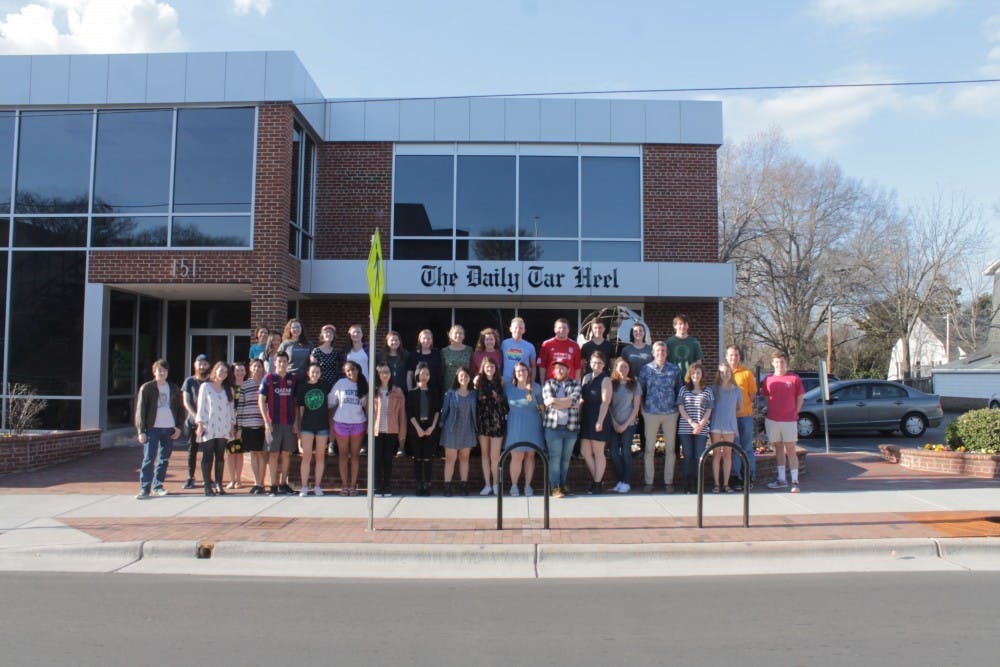“Little space for women,” is a campus brief in The Daily Tar Heel from 1951 — the same year that Glenn Harden was elected as the first female editor-in-chief of the newspaper for a full term.
Though the brief referred to the physical constraints of housing women on the University’s campus, it also defined the lack of women in top leadership positions on the paper before Harden’s election.
The same could not be said for the current staff of The Daily Tar Heel, where former editors recount female-dominated staffs.
Paige Ladisic, former editor-in-chief of the newspaper and now, national growth editor at McClatchy, said there was a female editor-in-chief three out of her four years on staff.
“I remember being a (City Desk) assistant editor and doing the hiring, and we got to the end of it, and we realized we were hiring no men at all because all of the applicants were women,” she said.
Before Harden, female news editor positions were made possible by the departure of many male students for World War II.
“It just struck me that that isn’t that long ago,” Ladisic said of the wartime story. “The fact that that is in living memory for some people is really striking.”
Ladisic interned for two summers at The Charlotte Observer, a newsroom that she said was nearly proportional in terms of gender. After leaving UNC, however, she said that she was shocked by how many male-dominated newsrooms she visited around the country while working for McClatchy in various positions.
“I always have been so blessed and thankful since I started my journey in professional journalism because I’ve had so many women mentors,” Ladisic said. “The team that I’ve worked on since I joined the company has been women. That is not the experience of most women.”




